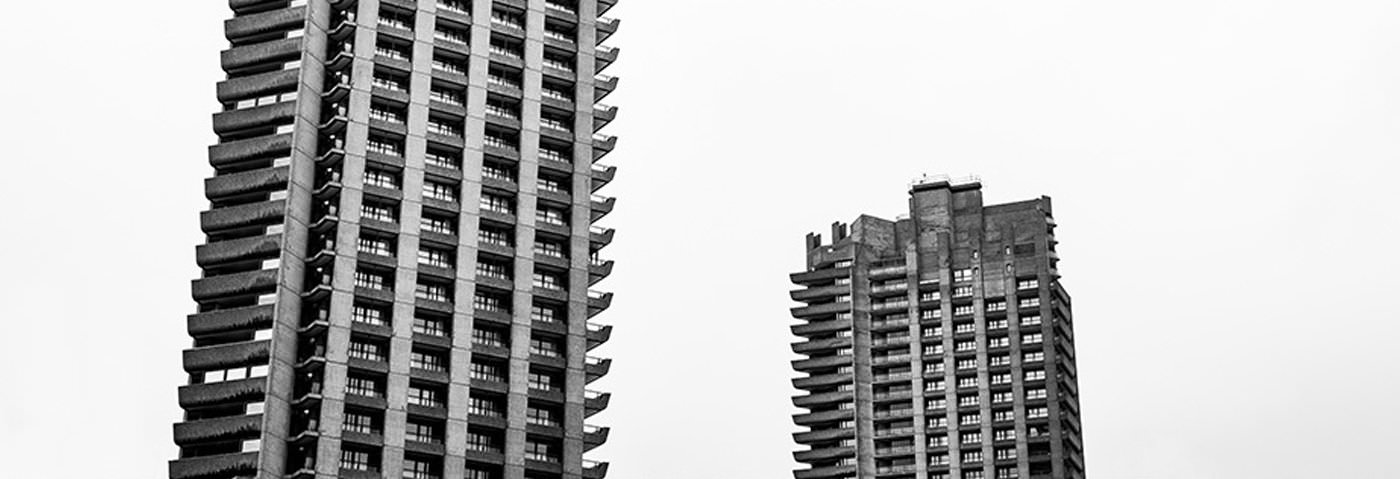
u-he are makers of award-winning software synthesisers and effects including Diva, Repro-1, Zebra2, Hive, Bazille, Presswerk and Satin.
Visit U-he

u-he are makers of award-winning software synthesisers and effects including Diva, Repro-1, Zebra2, Hive, Bazille, Presswerk and Satin.
Visit U-heSynth Secrets is a series of programming tutorials in which we show how to make a range of classic and new synth sounds using plugins such as Massive, Sylenth and Diva.
In this Synth Secrets we’ll be creating some moody and melodic house vibes using a few different instances of Spitfire Audio’s London Contemporary Orchestra Strings library:
For our first step, we’ll create some sustained strings to give our sound some detail in the higher register. We load the Violas instrument in LCO Strings and play in some four-note chords in the key of F# minor.
Towards the bottom of the interface are the articulations, which include various different playing styles perfect for experimentation. We opt for Spectral Scrubs, which gives us a unique and edgy viola sound which will work perfectly for the vibe we’re trying to create.
We also take up the Mix 2 control to around halfway, to bring up the level of some different mics, adding an extra dimension to the string sound.
Automation is the perfect way to inject more life into string sounds. In LCO Strings, the Controllers section can be automated, allowing for organic movement.
We map the Dynamics and Expression controls to our MIDI controller, then put our instrument into latch mode and record in some movement on the Dynamics and Expression controls, creating a crescendo with each chord.
At the moment the sound is very dry, which doesn’t necessarily fit the style we’re going for. We want something that will sound huge on a big system, so we’ll add some reverb and delay effects to create a spacious feel.
First we add an instance of FabFilter Pro-R. We select the ‘Longer Plate’ preset from the Very Large category, take the mix control down and set the space to around a third. We also tweak the decay rate EQ to make the reverb decay more prominent around the main body of the sound and filter off any low end from the reverb.
Next we insert an instance of Logic’s Stereo Delay and set the time to 1/8th notes. We create a ping-pong delay effect, giving us a wide and roomy feel.
We also notice there is a resonant peak around 4 kHz, which potentially could sound piercing on a club system. The peak at this frequency isn’t sustained, so this is a rare occasion where multi-band compression can work more effectively than EQ, smoothing out the louder peaks around the frequency range without cutting the frequencies completely. We compress by approximately 4-5 dB around the 3-5 kHz region.
Next we’re going to use a couple more instances of LCO Strings to create some melodic spot FX to punctuate sections of the loop. First we load the Violins instrument, and create some chords in the key of F# minor.
We change the articulation to Vivid Spiccato, and copy over the reverb and stereo delay effects we used for the violas. Placing these chords at the beginning of the phrase will work to punctuate drop sections of our project.
To avoid overusing the same sounds, we create some different melodic shots for the second eight bars of the phrase. This time we load the Celli instrument from LCO Strings, and select the Percussive Pizzicato articulation, which has a really nice attack to it.
We create some short four-note chords in F# minor, and once again copy over the reverb and delay effects for a spacious feel.
Although the stabs sound great as they are, we can create a really nice trill-style effect by using an arpeggiator. We load Logic’s arpeggiator and, going with its default setting, we arpeggiate the notes upward in 1/16th notes.
The combination of instruments, articulations and playing styles creates a moody but sonically interesting overall effect.
25th April, 2017

u-he are makers of award-winning software synthesisers and effects including Diva, Repro-1, Zebra2, Hive, Bazille, Presswerk and Satin.
Download the demos and try them for yourself at www.u-he.com
Attack Magazine is funded by advertising revenue. To help support our original content, please consider whitelisting Attack in your ad blocker software.
x